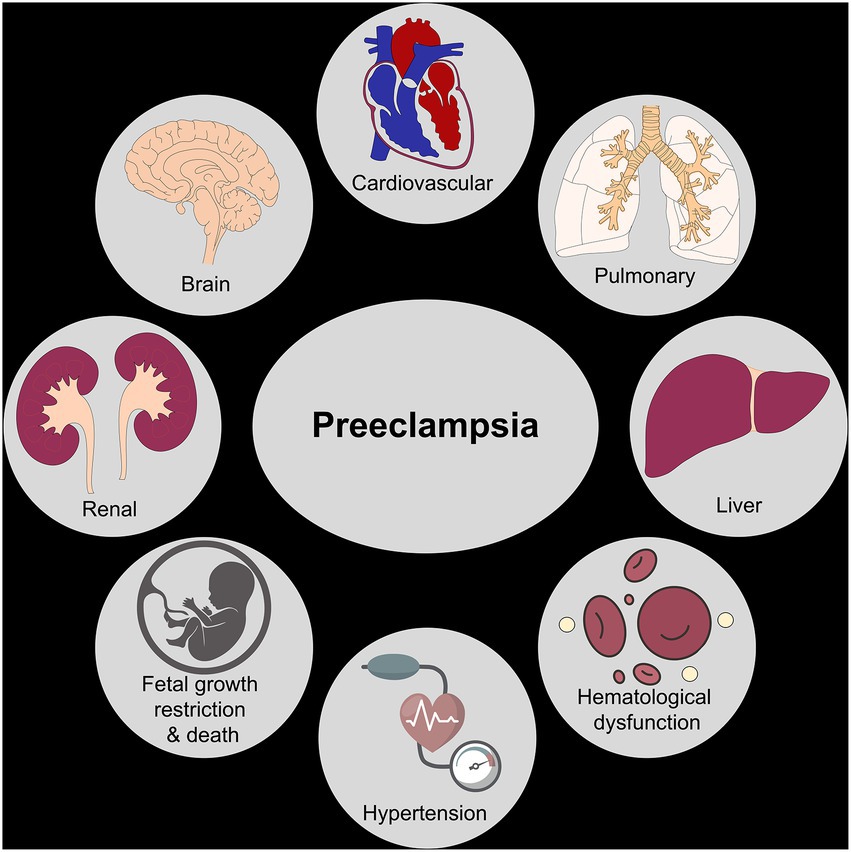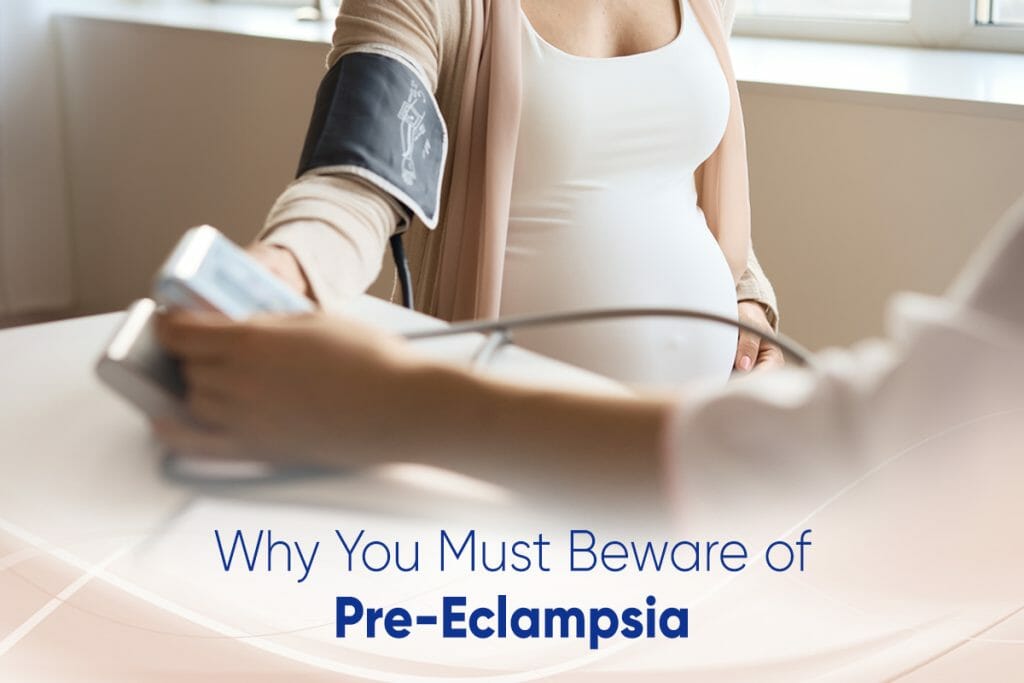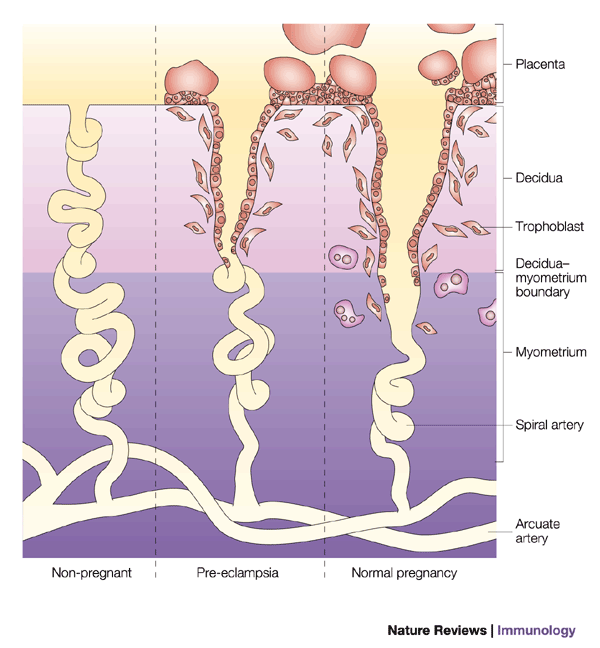Table of Contents
- Preeclampsia: signs, symptoms and treatment • Heart Research Institute
- How Pre-Eclampsia Affects Pregnancy Outcomes in Pregnancy | Plusplus ...
- Preeclampsia Foundation Partners With The Foundation For The National ...
- 43 Symptoms Preeclampsia Images, Stock Photos & Vectors | Shutterstock
- Preeklampsia - Penyebab, Gejala, Pengobatan - KlikDokter
- Preeclampsia Pictures
- waspada! ini bahaya preeklampsia bagi ibu dan janin
- What a Preeclampsia Diagnosis Means For You and Your Baby
- Preeclampsia Pictures
- Severe complications of preeclampsia | Download Table
:strip_icc():format(webp)/article/AdSaPo-X4d7l8XYLYMmHN/original/041197600_1525500507-Bahaya-Hipertensi-Gestasional-saat-Hamil-By-didesign021-shutterstock.jpg)


What is Pre-Eclampsia?



Symptoms of Pre-Eclampsia



Diagnosis and Treatment
Pre-eclampsia is typically diagnosed through a combination of physical exams, medical history, and laboratory tests, including: Blood pressure checks Urine tests to detect protein Blood tests to check liver and kidney function Ultrasound to monitor fetal growth and well-being Treatment for pre-eclampsia depends on the severity of the condition and the gestational age of the fetus. Mild cases may be managed with: Bed rest Close monitoring of blood pressure and fetal well-being Medications to control blood pressure In more severe cases, hospitalization may be necessary, and treatment may include: Corticosteroids to promote fetal lung maturity Antihypertensive medications to control blood pressure Magnesium sulfate to prevent seizures Delivery, either vaginally or by cesarean section, if the condition is severe or the fetus is at risk